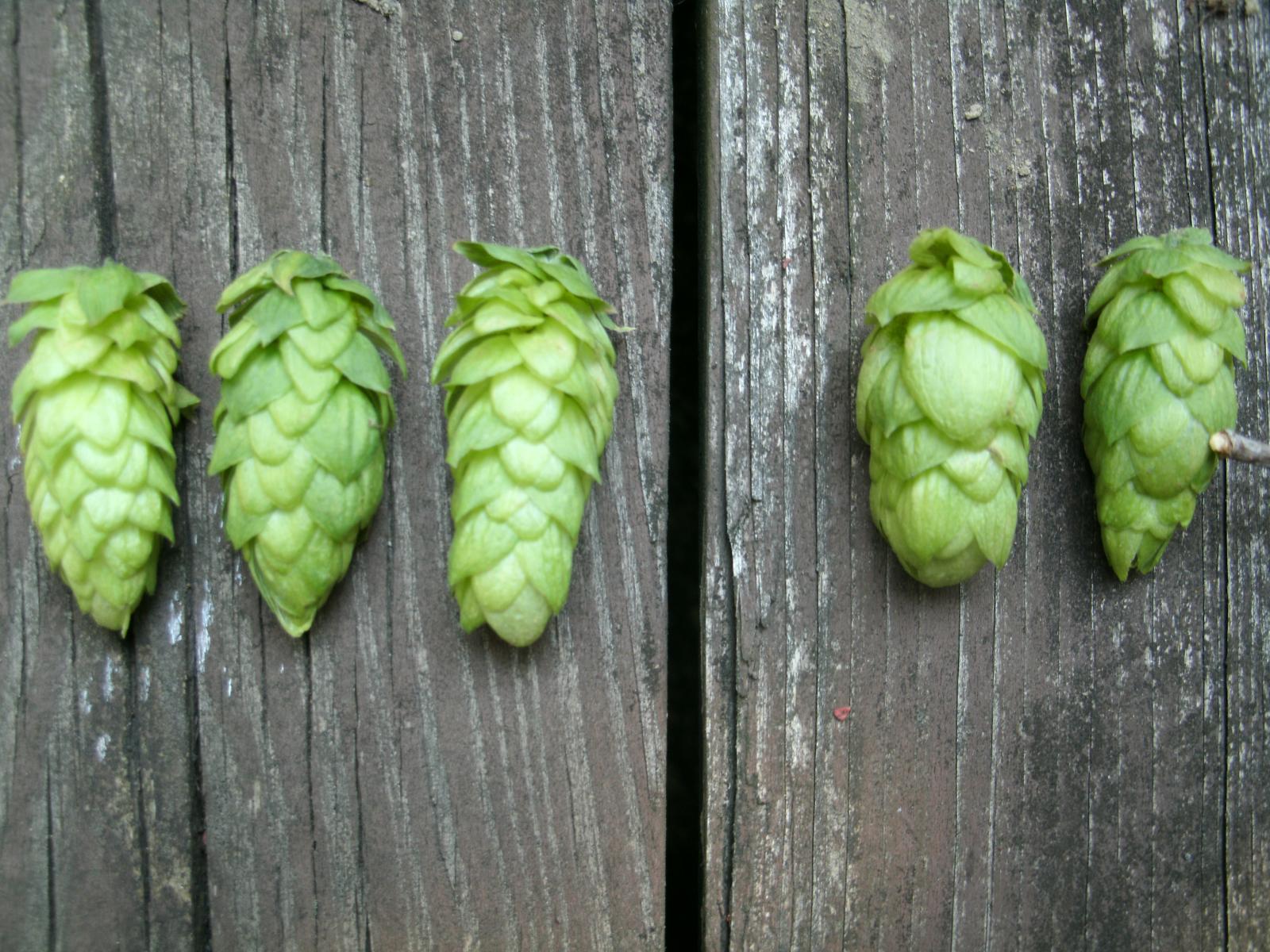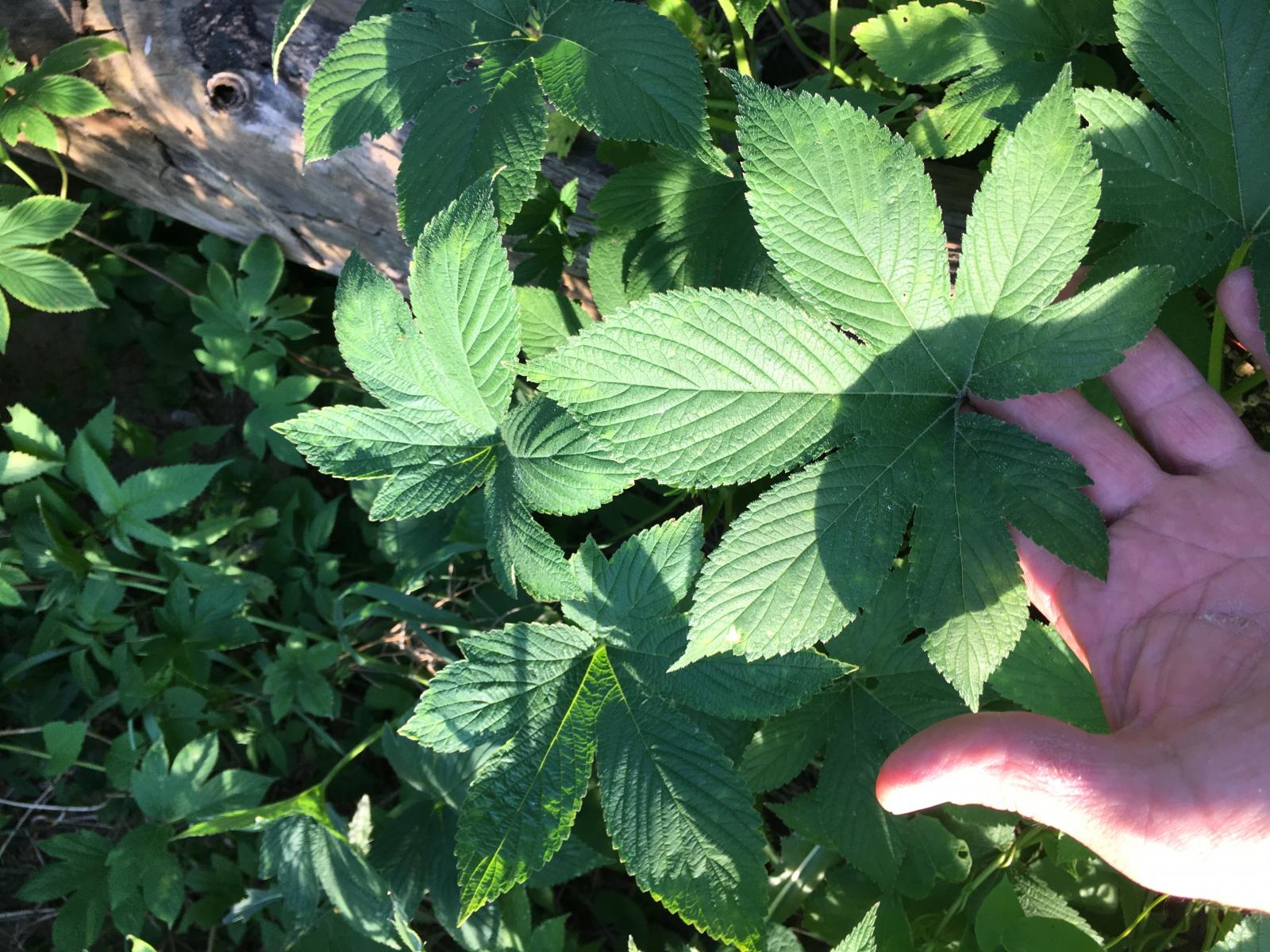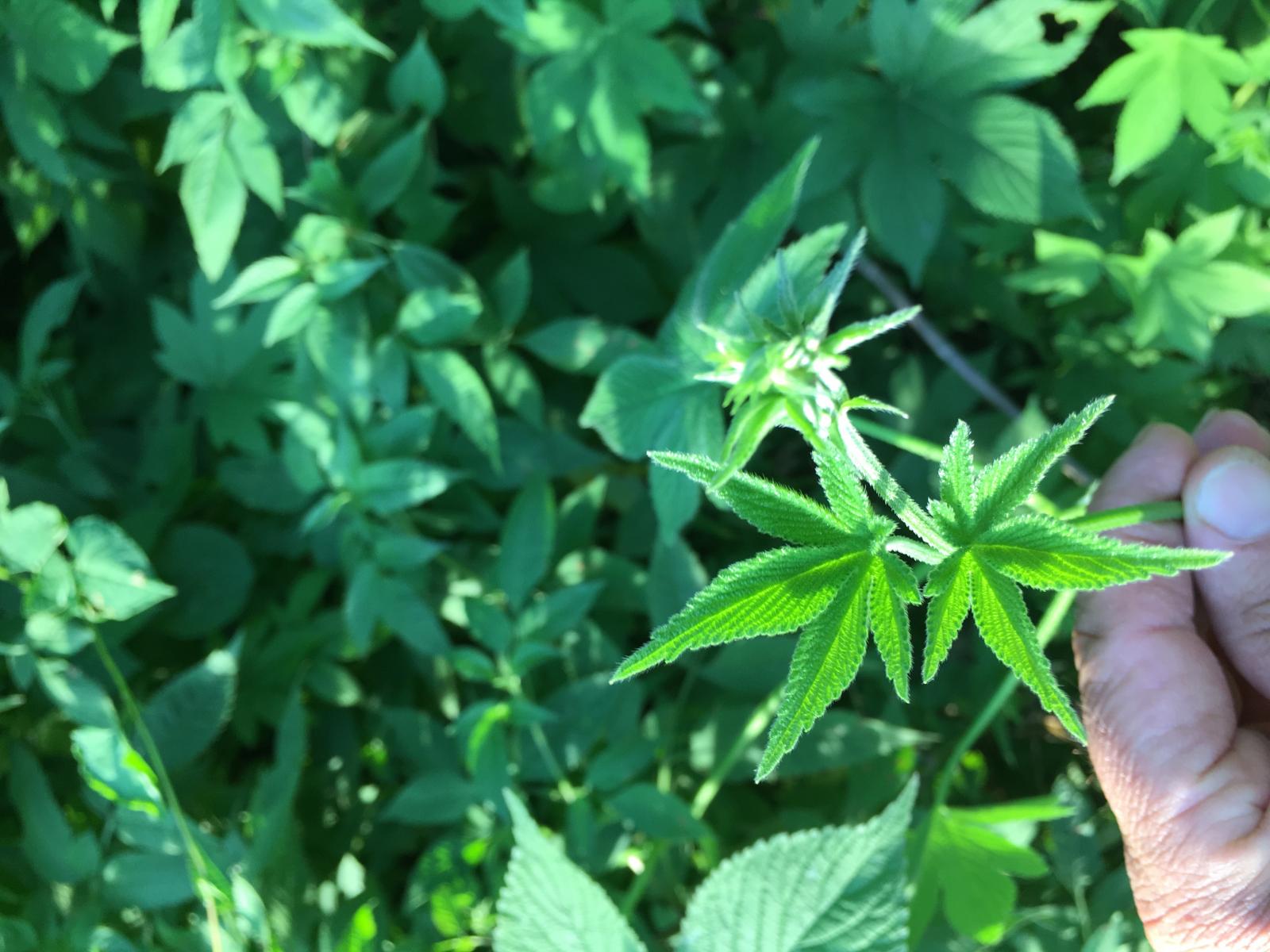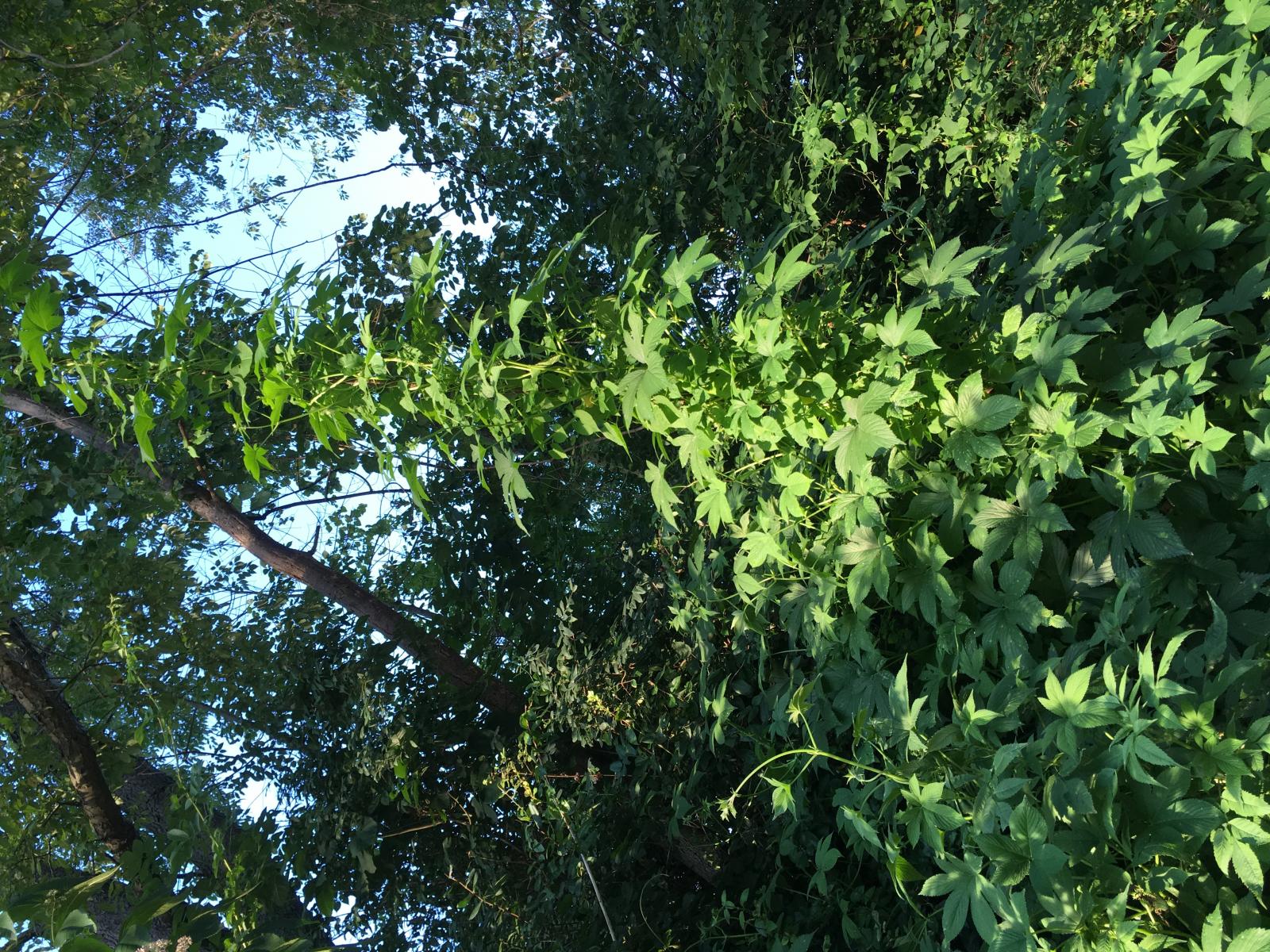I've had them go from a dark grey to very pale, almost cream colored. Most are grey-tan colored. Once the burrs are pollinated, a 'baby bump' appears in the cones as they mature. Actually, the bracteole that carries the seed will become much larger than the other in the pair and if you look close at the cones, you can find them pretty easy. I took a few pictures a few years ago and it shows pretty well what happens. The ones on the left are not seeded and the right ones are. Pretty cool actually!






![Craft A Brew - Safale S-04 Dry Yeast - Fermentis - English Ale Dry Yeast - For English and American Ales and Hard Apple Ciders - Ingredients for Home Brewing - Beer Making Supplies - [1 Pack]](https://m.media-amazon.com/images/I/41fVGNh6JfL._SL500_.jpg)

























































